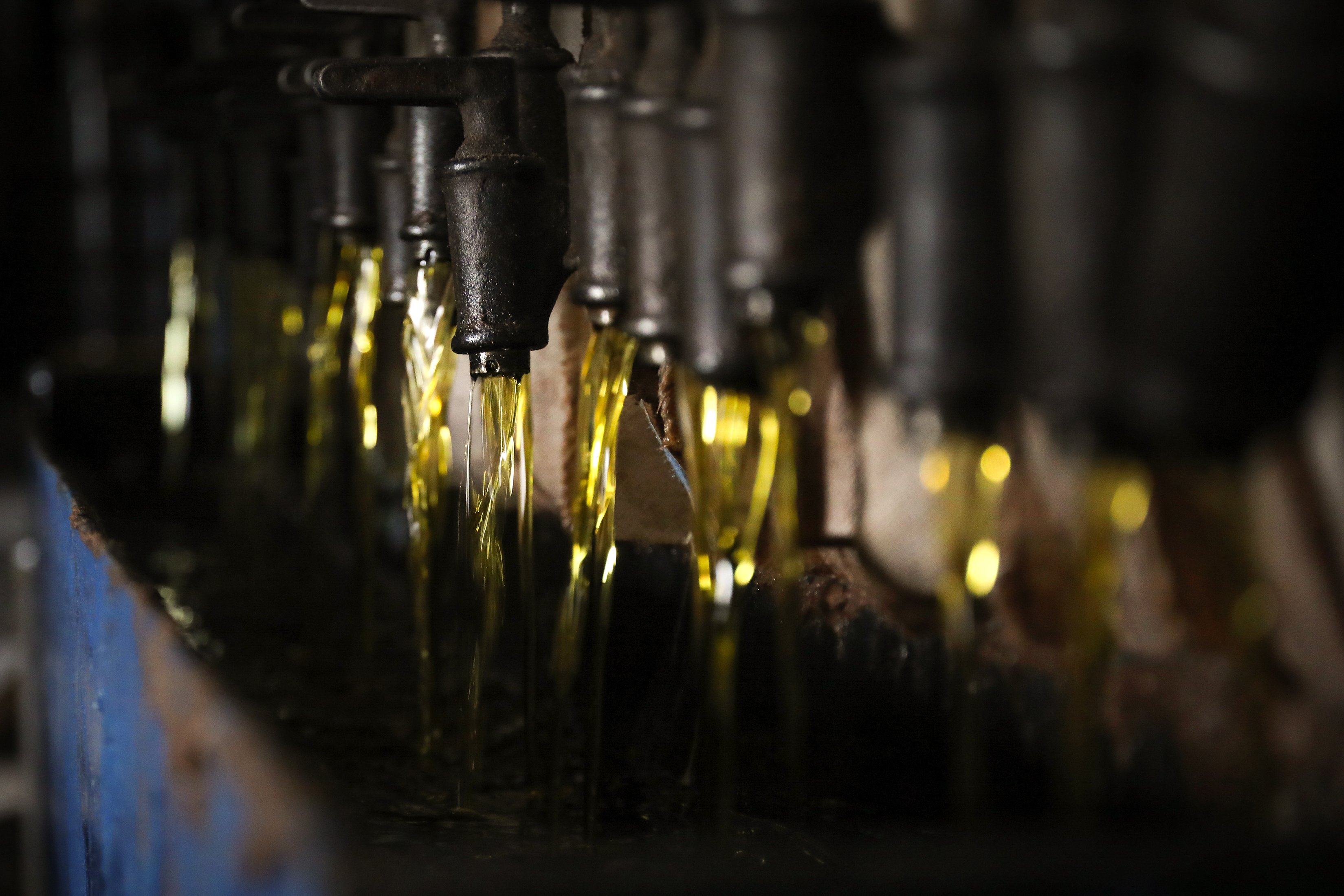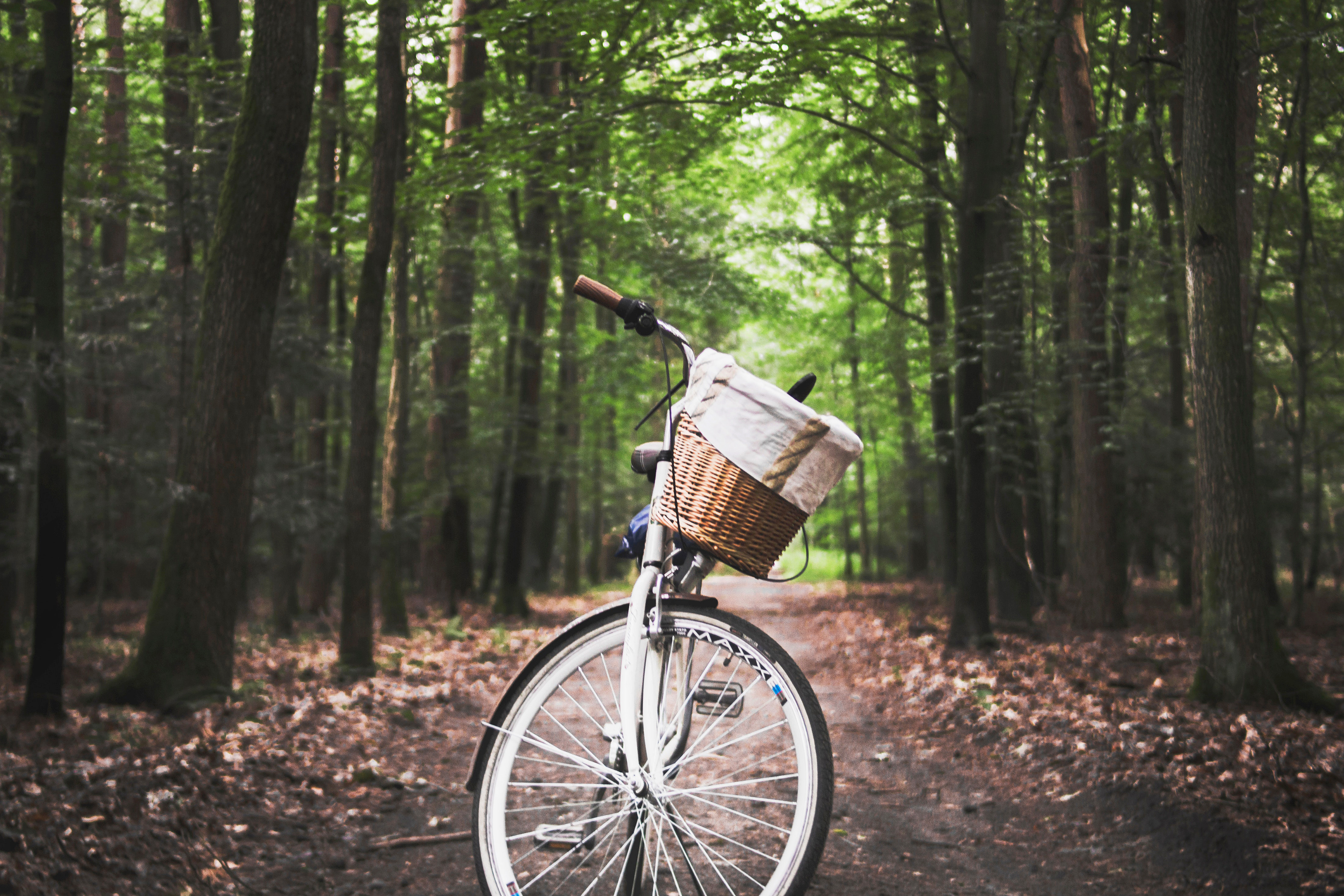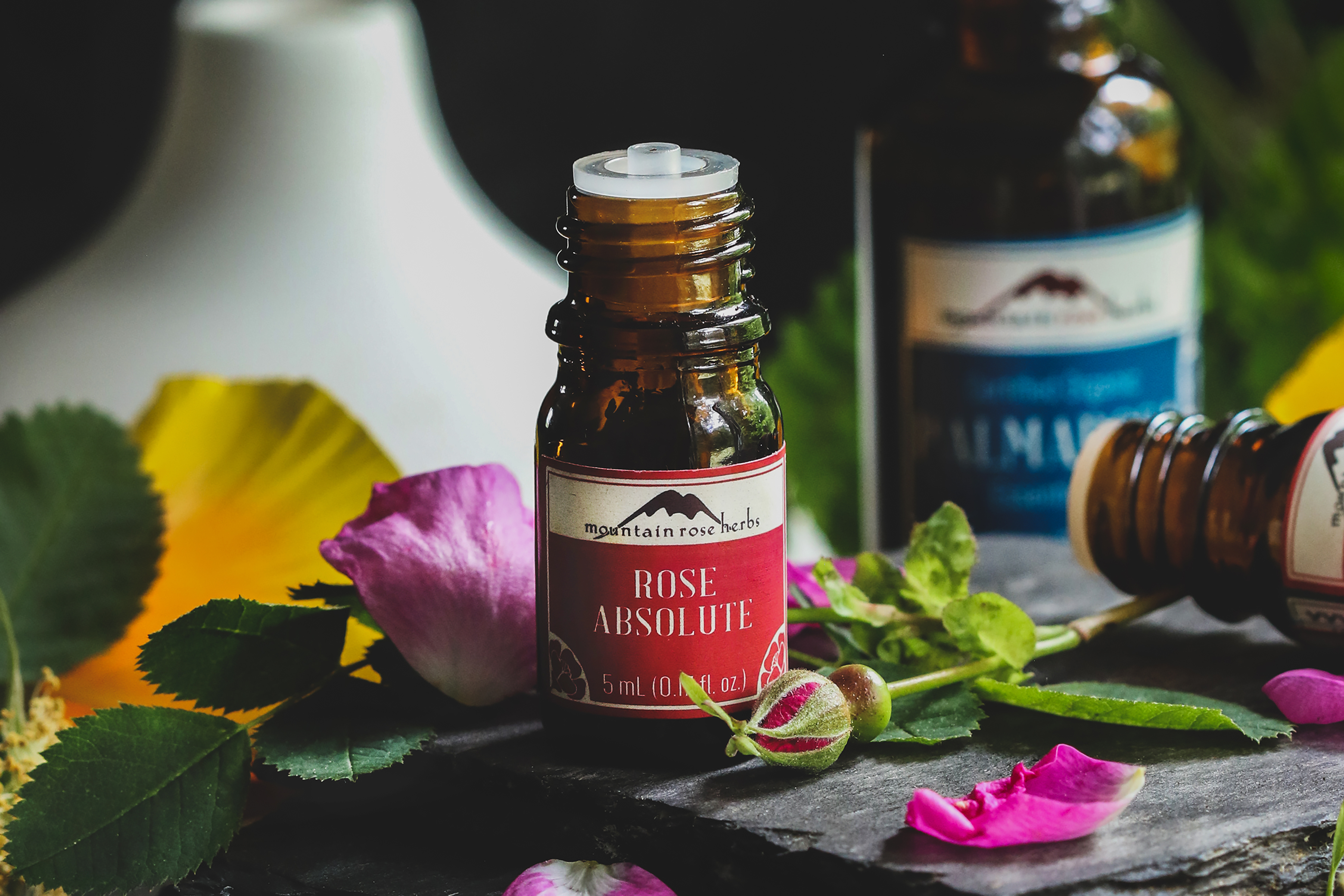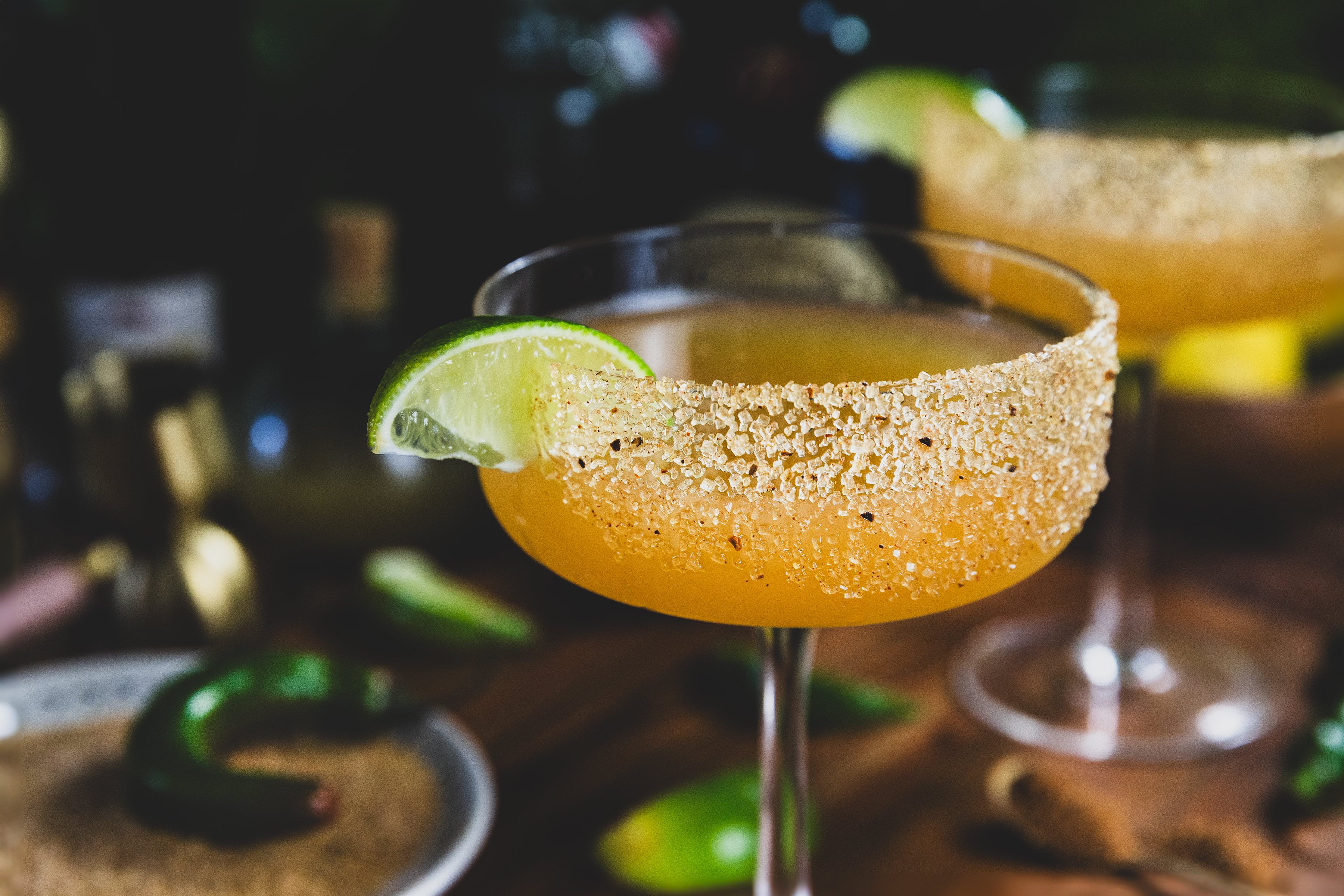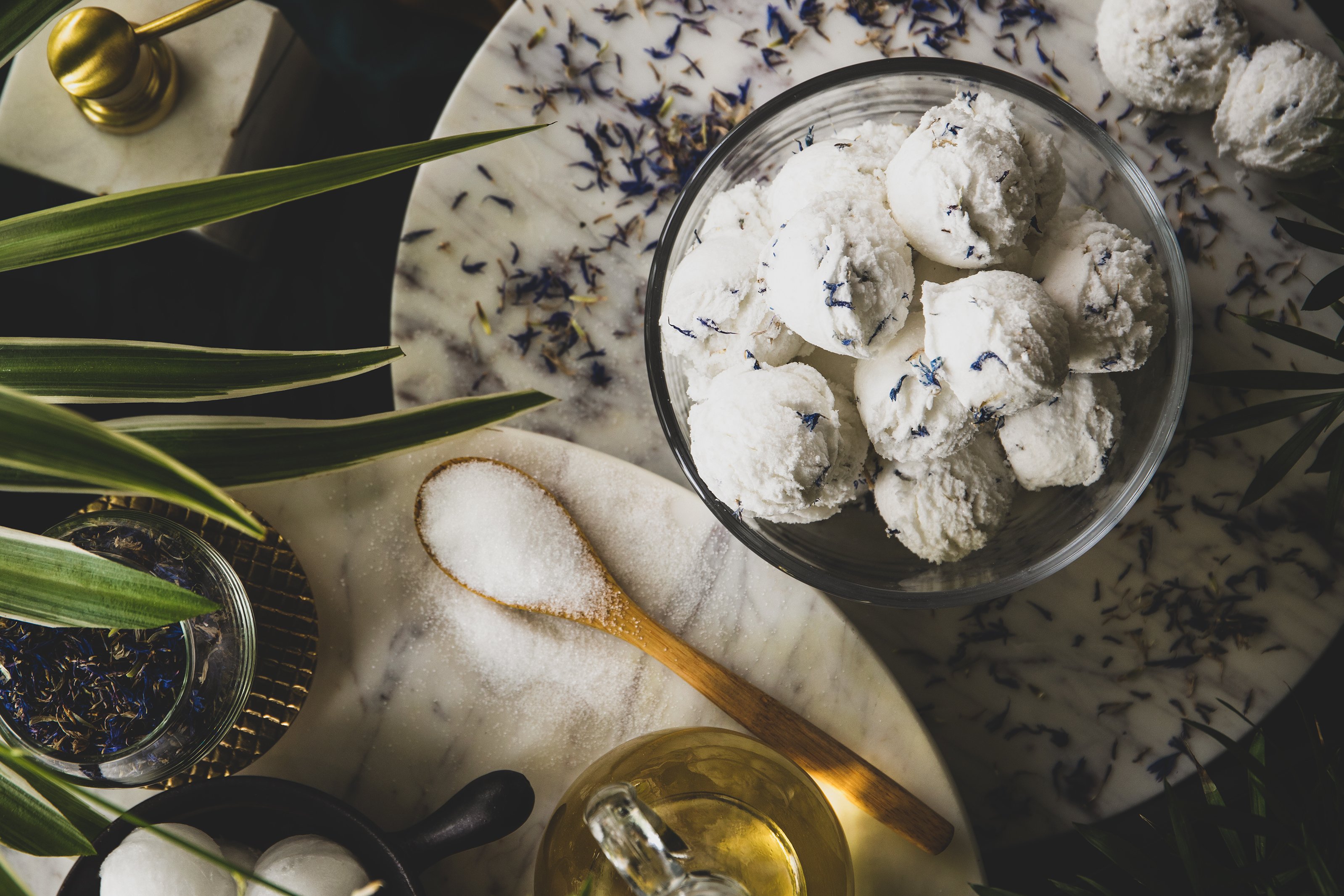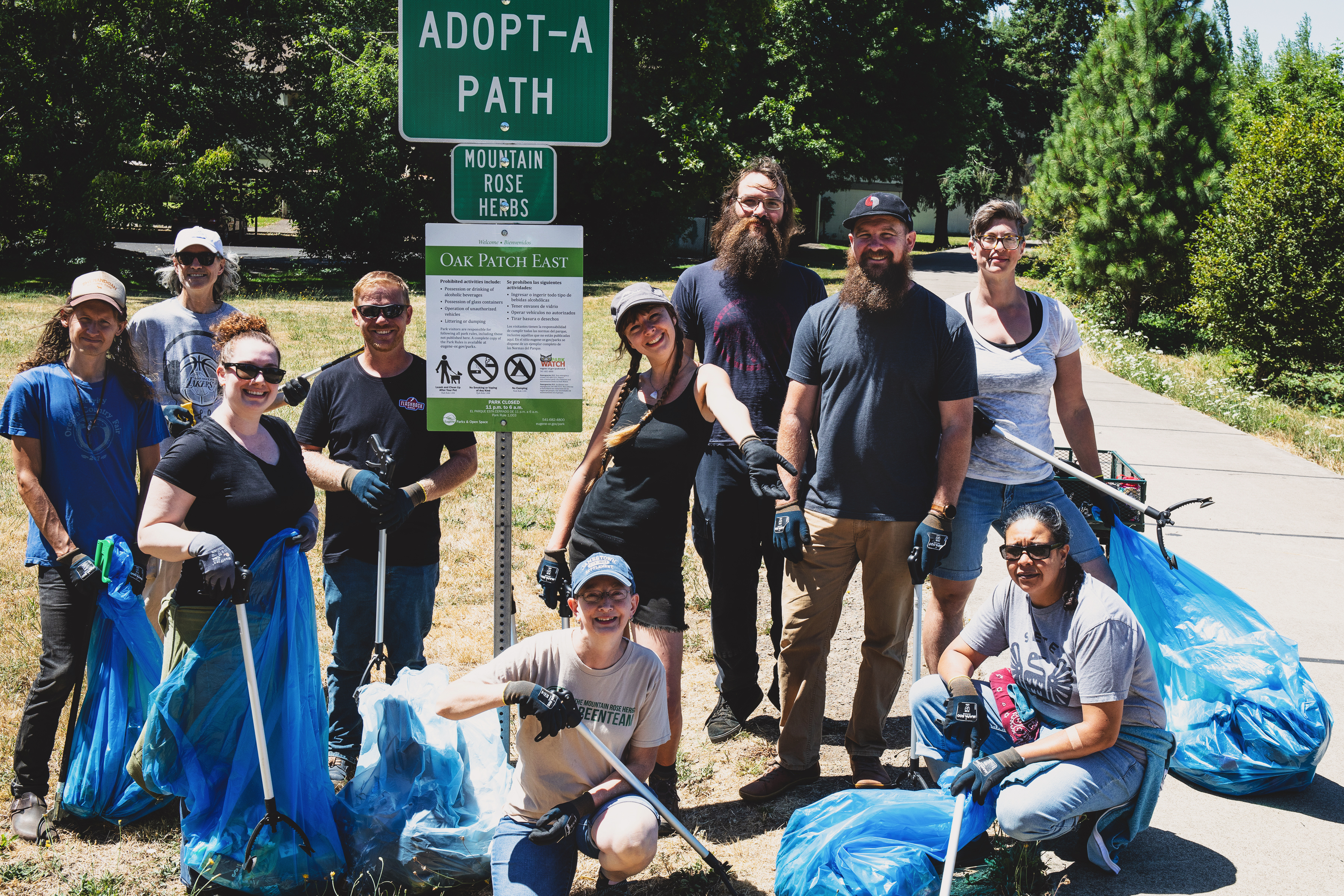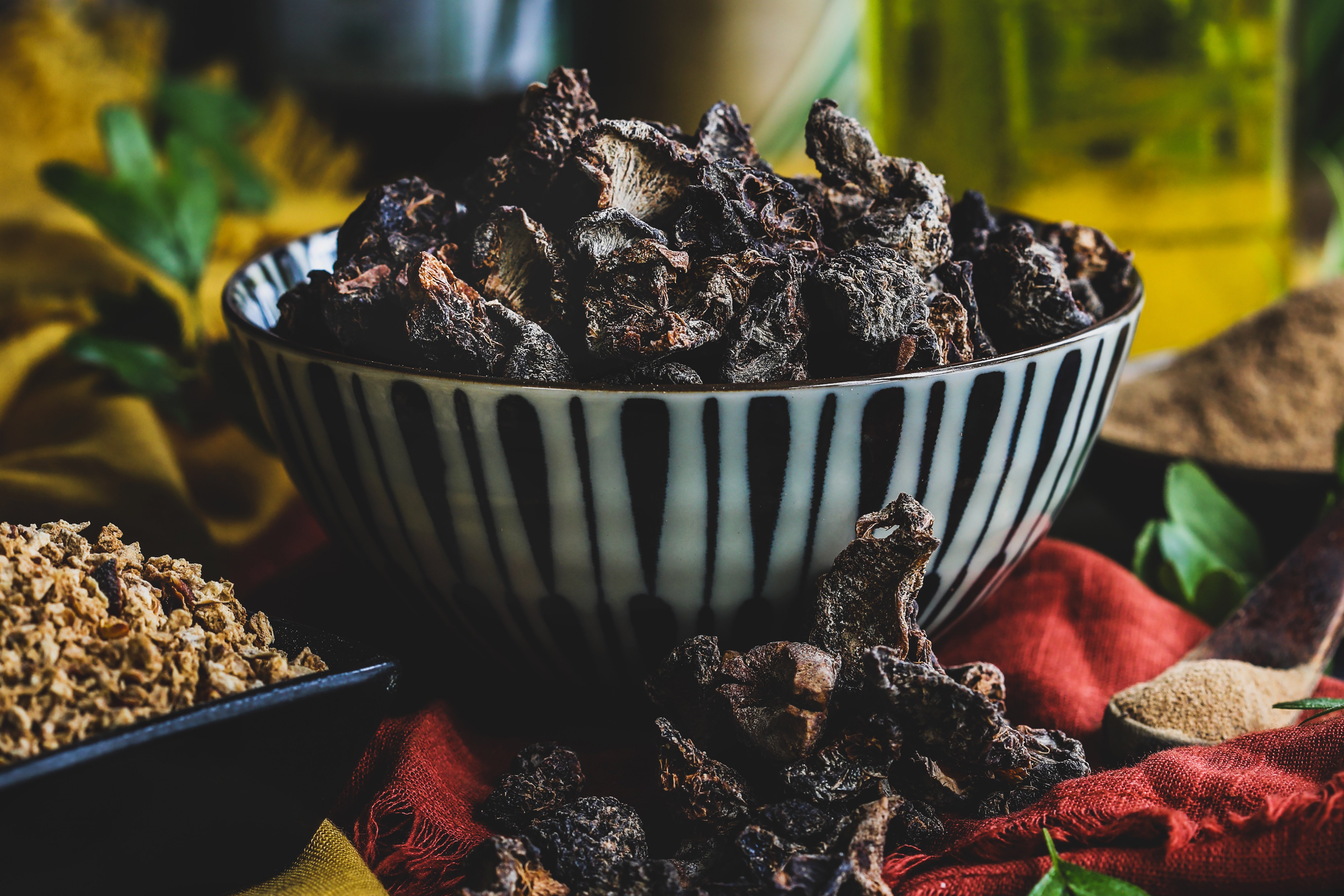Black cohosh (Actaea racemosa) is one of the top-selling herbal supplements in the United States. According to United Plant Savers (UpS), the harvest of black cohosh in our nation is as much as half-a-million pounds in dry weight per year—and 97% of that harvest is wild-sourced! This level of massive-scale wildharvesting has repercussions and raises concerns about the long-term sustainability of this powerhouse herb. Fortunately, unlike some of our other favorite forest-farmed botanicals, black cohosh is easy to cultivate. While this doesn’t address the immediate issue, it does give us hope for a bright future. Let’s take a deeper look at what we can do to support a sustainable future for black cohosh.
Read MoreHave you ever had the experience of talking about something—that to you is the most normal thing in the world, like talking about ice cream—only to discover that your audience is looking at you blankly, and you realize that they have no idea what you’re saying? I had a conversation recently with a couple of folks who expressed interest in essential oils for massage. I was expounding on appropriate carrier oils to use for DIY massage oil recipes and had gone on for a couple of minutes on this topic, when I saw them looking at each other with perplexed faces. As I sputtered to a stop, one of them said, “What is a carrier oil?” Ah, right; I clearly needed to back up and start at the beginning. With that in mind, let’s take a moment to talk about carrier oils, starting with what the heck they are and how they’re made.
Read More
Here at Mountain Rose Herbs, we want to minimize our carbon footprint both as a company and as a collective community of individuals. One way we do this is through our Alternative Commute Program. For years, we have been encouraging our team members to stay healthy and reduce carbon emissions by not traveling to work in single-occupancy vehicles. This year, to further incentivize and increase participation, we improved the payout structure of the program.
Read More
Essential oils are one of the many gifts from nature. Plant material that is expertly distilled and bottled results in a potent scent that can be used in aromatherapy, body care recipes, and for pure enjoyment. But some of these precious essential oils are just that: precious. They can fetch a high price tag for various reasons including the oil content of the botanical or even the extraction method. Pure, quality essential oils, like the ones we sell here at Mountain Rose Herbs, may be slightly more costly but the result is a deeper, richer aroma, and a profound aromatherapeutic benefit. Like a fine wine, you get what you pay for.
Read More
This spicy margarita recipe with DIY jalapeño simple syrup, homemade citrus margarita mix, and a delicious chili-lime rimming mixture for your glass is going to check all your tastebuds’ boxes. Make the simple syrup and margarita mix ahead of time, refrigerate them until ready to use, and then you can easily shake up a delicious, spicy margarita whenever the occasion calls for it. Organic chili-lime salt and dried jalapeño flakes are the key to these easy, delicious homemade margaritas!
Read More
I am one of those people who seeks out shade. On a camping day or a lazy afternoon at the river, as the sun crosses the sky, I will be the one moving my camp chair to stay out of its way. And yet, somehow, I still find myself dealing with the effects of too much sun. It’s easy to underestimate the sun’s power when we’re busy playing, gardening, swimming, hiking, and enjoying other summertime activities. That’s why I prepare ahead by keeping the necessary components around for simple botanical formulations that help alleviate the symptoms of prolonged sun exposure. When you have the ingredients, the recipes below take just minutes to put together, so you’re only a couple steps away from sweet relief.
Read More
Recently, as I was making soup with my three-year-old granddaughter and teaching her to pronounce galangal root, I found myself in an extended game of “name that spice.” It turns out you can get through an entire elaborate Thai soup recipe with a toddler in this way; I highly recommend it. It goes something like this: Cute toddler points at spice jar and asks, “What is that spice?” Adult says, “Paprika. Smell it, what do you think?” Cute toddler makes funny face and spies another spice that looks similar. “Is that paprika too?” Adult is impressed. “Good eye, that’s smoked paprika. Does it smell different?” And on it goes like that through the colored jars. In this way, I was reminded that I have so many jars of excellent dried herbs and spices and it’s definitely time to check them for freshness.
Read More
Mountain Rose Herbs was built on uncompromising principles of ethical and sustainable sourcing of botanicals, but our purpose extends beyond that in the ways we give back. As many of you already know, we donate extensively to environmental nonprofits. But we’ve also created ways for our employees to support local causes that are important to them. In 2011, we launched a Workplace Giving Program in partnership with EarthShare. This employee-led program has generated thousands of dollars in charitable giving to community groups via donations from our employees, which we helped to facilitate through easy and convenient monthly paycheck deductions.
Read More
When we make body care formulations, we choose specific oils and butters based on our final goals: consistency, absorption rate, skin type, etc. The same is true for cooking. Fats, like those in culinary oils, are integral to our dishes, not just to keep food from sticking to a pan, but also to affect the final flavor, consistency, texture, and more. Every cooking oil has a unique chemical composition that makes it better at some things than others. This is why one oil might be amazing in a salad dressing or for a lightly sautéed protein, but is a poor choice for grilling or deep-frying. To achieve your cooking goals, it’s important to understand culinary oils and fats. And an important element of that understanding is the smoke point.
Read More
I would like to introduce a lovely tree that many people reading this may not have had the opportunity to see in real life. It is one whose medicine is often referenced and shared among herbalists of all levels. Many know this tree and its fruit from its role in some of the most beloved herbal formulas hailing from the Indian sub-continent and the traditional medicine cultural heritage known as Ayurveda.
Read More


